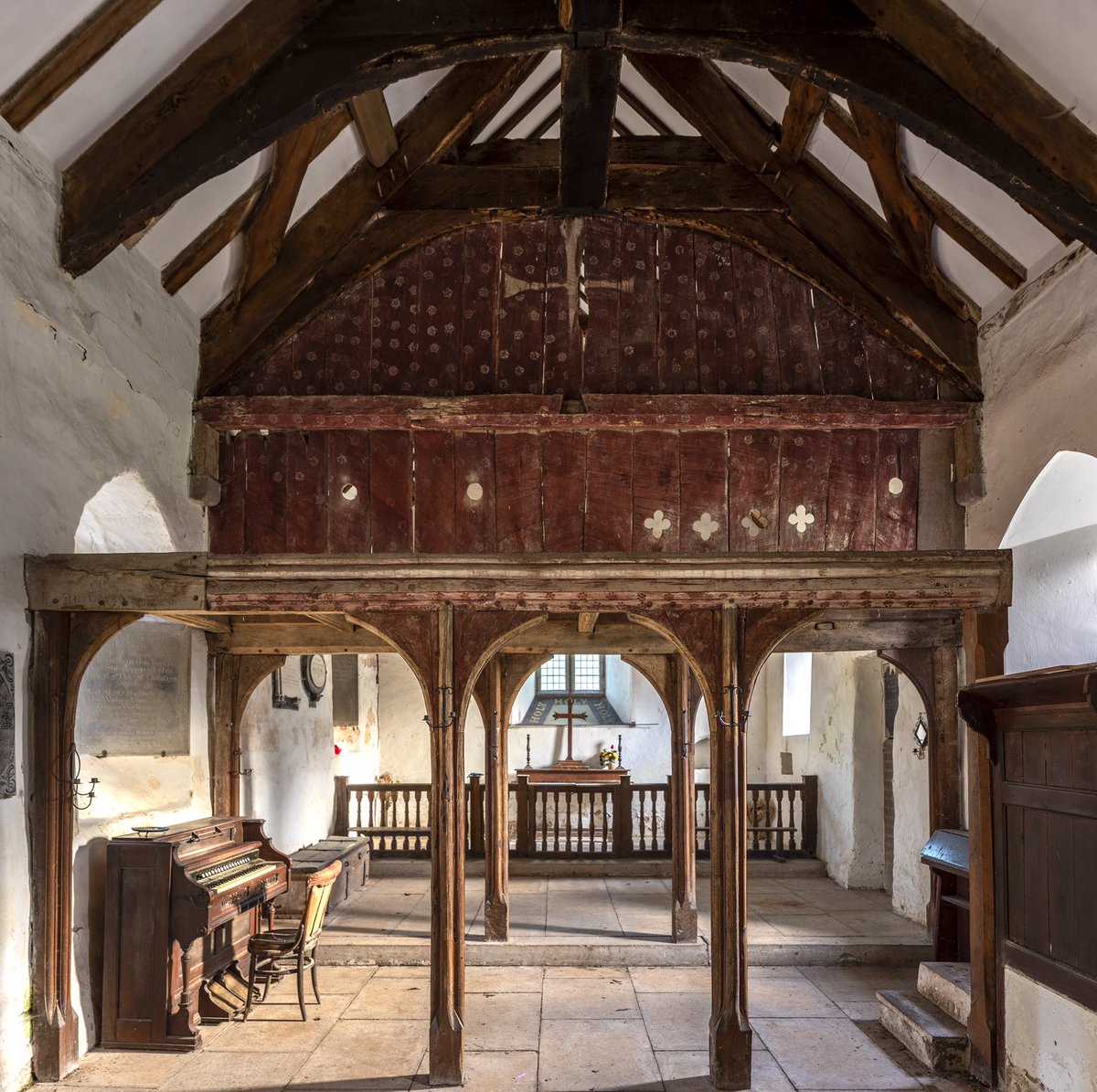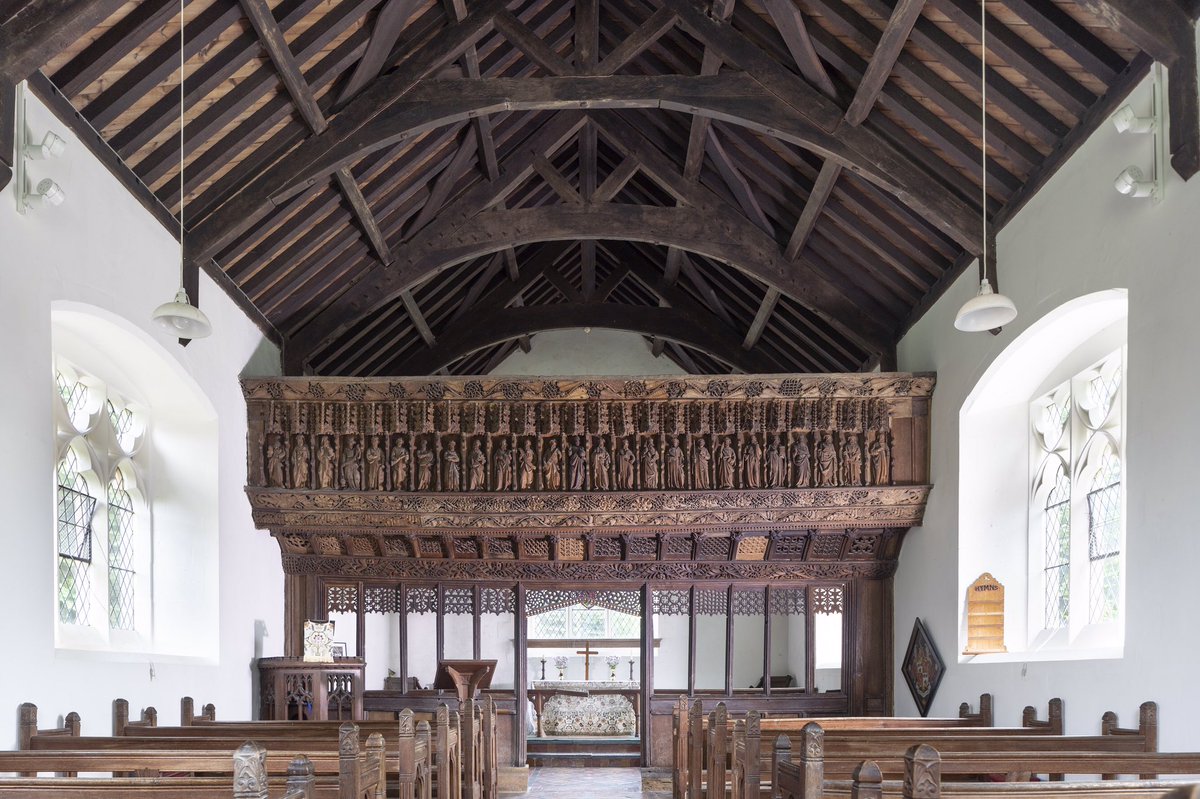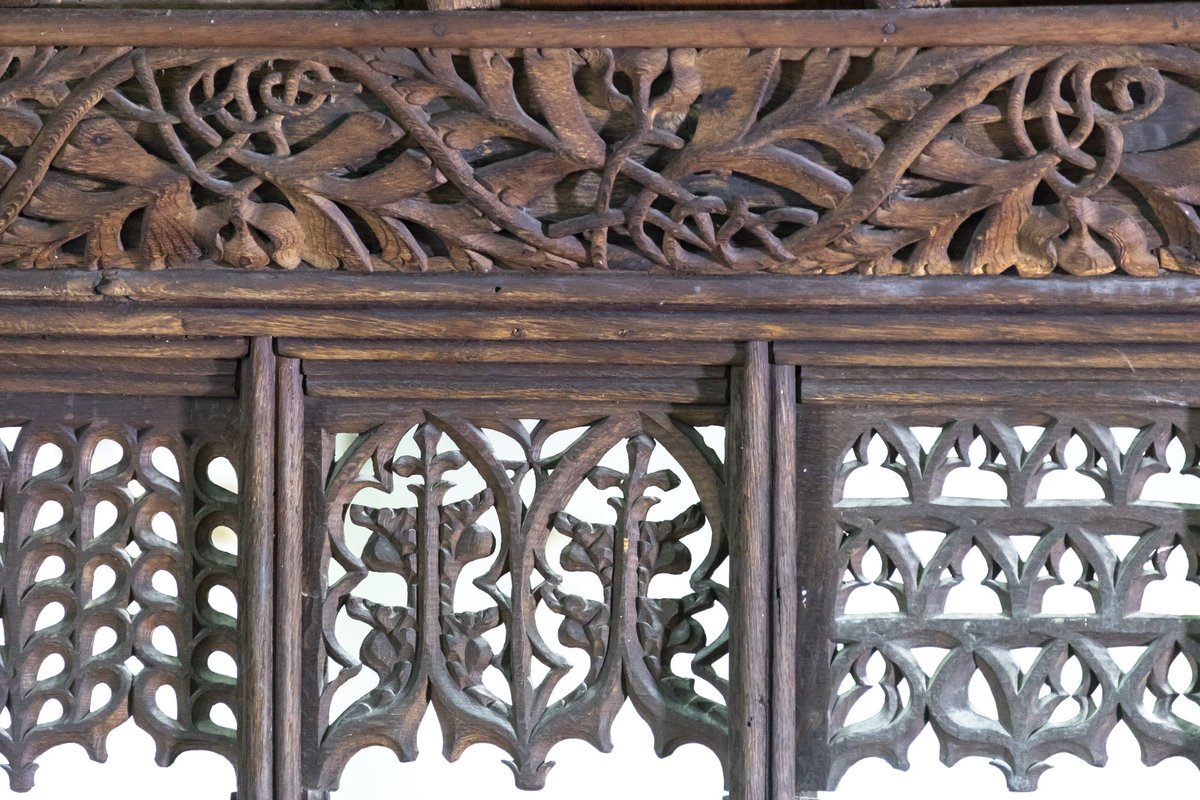
A church was first recorded at Papworth St Agnes, Cambs in 1217, though there may have been a timber Saxon church on the site long before that — 'Papworth' comes from the Anglo Saxon for 'the enclosure of Papa's people'.
But what did ‘Papa’ have to do with St Agnes?
#thread
But what did ‘Papa’ have to do with St Agnes?
#thread

The church we care for today is known as St John the Baptist’s. It’s mostly Victorian but still includes medieval doorways and a tower arch. The four lion grotesques below the tower parapet may also come from an older building.
So, was the earlier church dedicated to St Agnes?

So, was the earlier church dedicated to St Agnes?


No! In fact, from the 13th until the 17th century the church was dedicated to St Peter.
So why isn’t the church in Papworth St Agnes dedicated to …St Agnes? 🤔
In actual fact, the Agnes who gave her name to this settlement was a 12th century lady of the manor.
For 600 years the village was simply 'Papworth Agnes'. But in about 1800, the 'St' was mistakenly added, and the name stuck.
For 600 years the village was simply 'Papworth Agnes'. But in about 1800, the 'St' was mistakenly added, and the name stuck.
Neighbouring village Papworth Everard (whose church has been called St Peter's since the 13th century) was also named after a lord of the manor: Norman knight Everard de Beche. 

It was often called Papworth St Everard in the 19th century to match Papworth St Agnes. But it’s now just Papworth Everard once again.
Learn more about our chequerboard church — St John the Baptist's, Papworth (St) Agnes
bit.ly/3K2RMBH
bit.ly/3K2RMBH
• • •
Missing some Tweet in this thread? You can try to
force a refresh





















